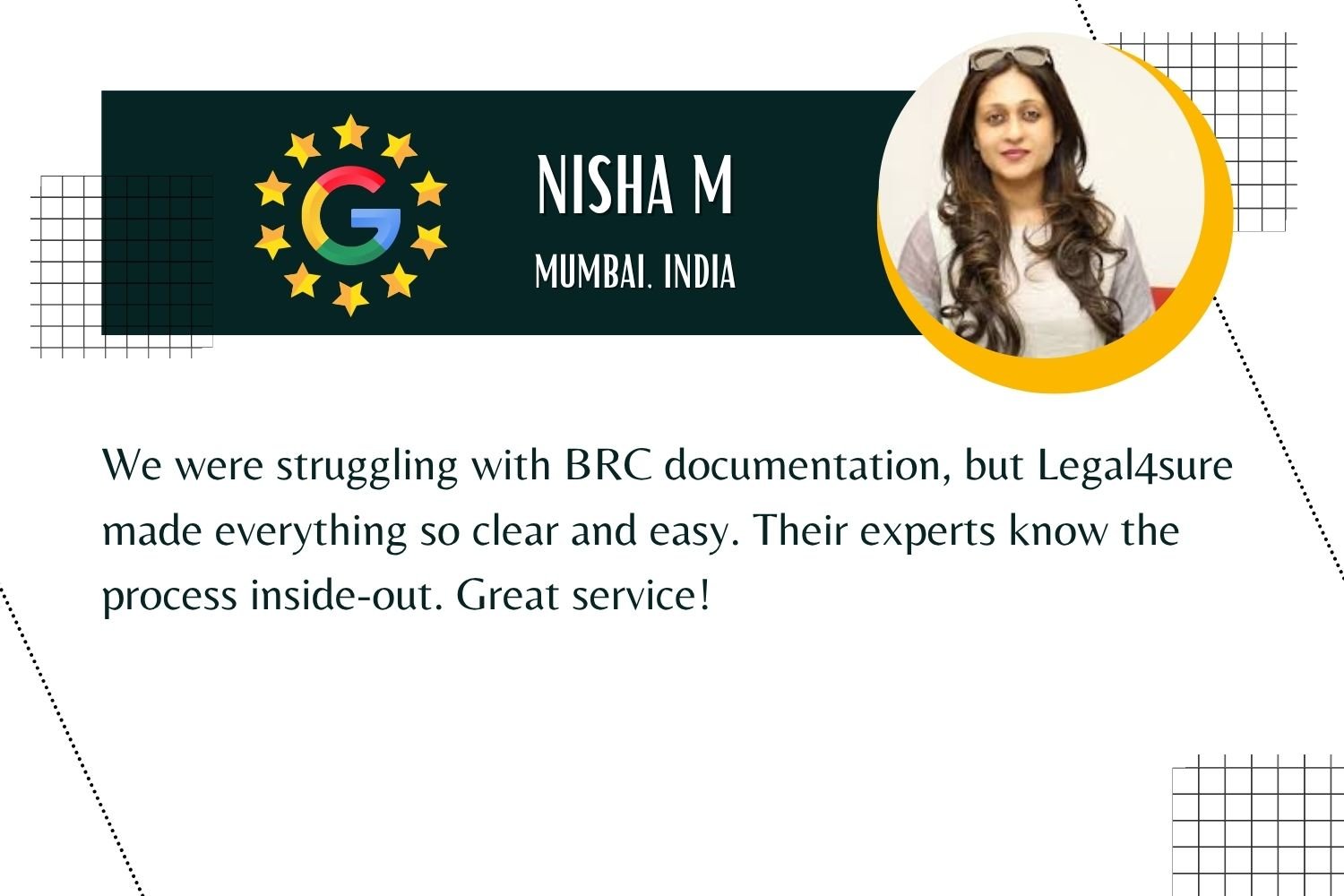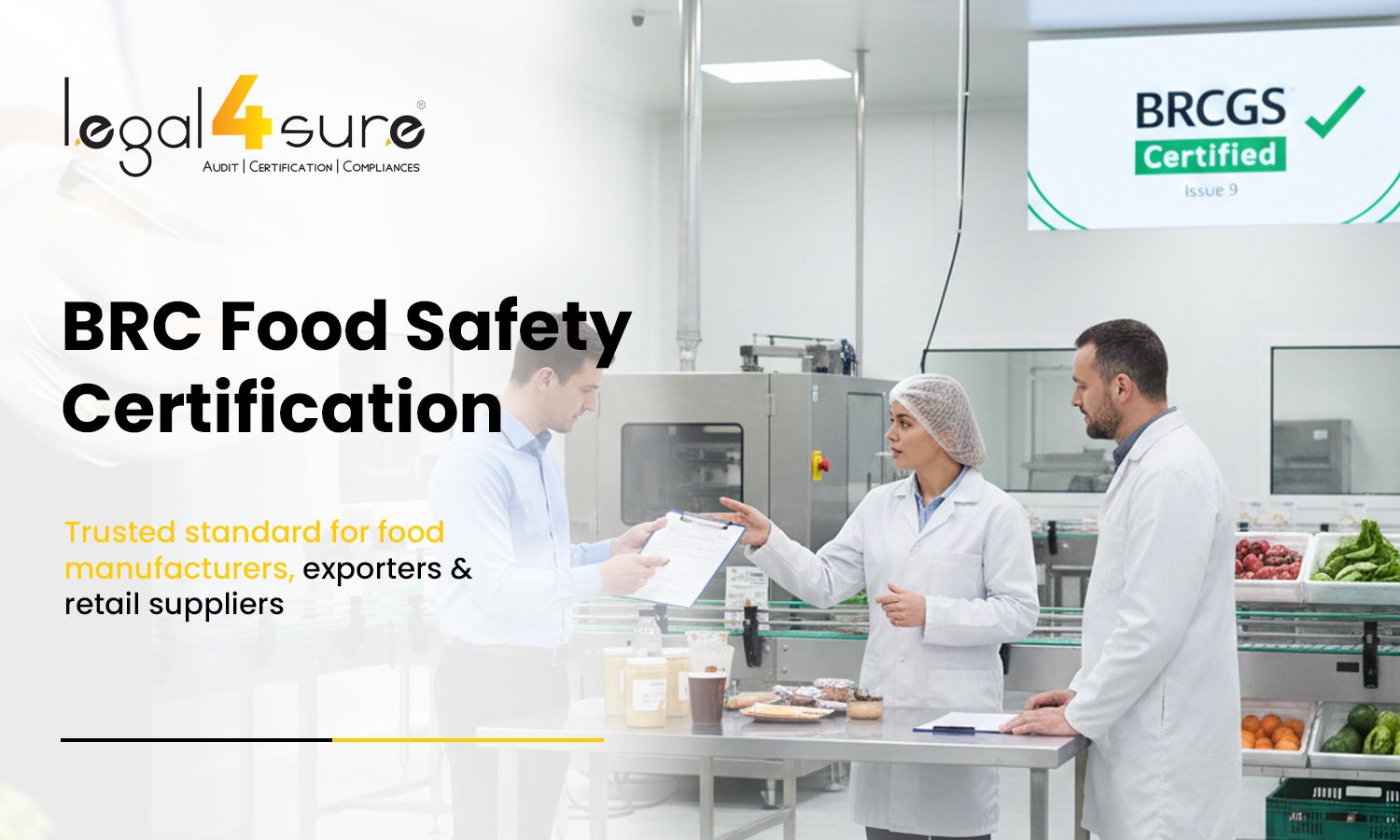The footwear industry is on the move, as the requirements of the market for new shoe designs and functions are rising continuously. Along with the growth of this sector, comes the requirement of operating to acceptable standards within a professional and moral basis. SEDEX (Supplier Ethical Data Exchange) audit certification is critical or having a strong check for the industry to maintain labour, health, safety, and other environmental standards. From this blog, you will be able to understand the need for SEDEX audit certification in the footwear industry, the challenges that you are bound to come across and how to get past them.
Understanding SEDEX Audit Certification
SEDEX audit certification is a complete check done in the business to recognize its compliance with ethical standards. It covers four critical areas:
1. Labor Standards: Makes sure that the employees earn appropriate wages, and enjoy secure contexts of work and abolishes employment of children and forced labour.
2. Health and Safety: Ascertains that the workplace follows safety policies and practices and that the environment is safe for the employees.
3. Environmental Impact: The examination of how effectively minimises waste, and emissions and maximises the use of resources by a company.
4. Business Ethics: It is involved in the promotion of ethical practice and combating corruption.
To footwear manufacturers, the SEDEX certification is a distinction that they will apply everything in order to make sure that they meet these important requirements. Thus, it builds trustful relationships with customers, parts and suppliers, as well as regulatory bodies to guarantee the quality and compliance of the products.
The Importance of the SEDEX Certification in Footwear
1. Enhancing Brand Credibility
Today’s buyer genuinely demands to know from where he buys, and the certification SEDEX gives an assurance of ethics. Thus, those footwear brands, which obtained SEDEX certification, can prove that they are committed to responsible production, which will help them to strengthen their position among the clients and gain their trust.
2. Meeting Global Standards
Since the footwear industry takes place internationally, following different regulations of the countries becomes quite a problem. SEDEX certification entails a unified platform that makes it easier for companies to meet international standards hence minimizing regulatory risks.
3. Expanding Market Opportunities
There are times when retailers and distributors especially demand information, which proves that the manufacturers have practised ethical standards. The SEDEX certification allows brands to obtain new business opportunities as well as sales markets, which helps obtain a competitive edge in the international footwear industry.
4. Improving Transparency
A supply chain of footwear is structured with many levels of supply chain partners starting from the raw material suppliers. It helps in increasing the level of transparency by making every one of the links along the supply chain norms and standards. This transparency has the potential to improve the management of risk and also make the supply chain more responsible.
Read More: Documents Need For A SEDEX 4 Pillar Audit & Compliance Guide
Measures for Acquiring SEDEX Certification
1. Streamlining Supply Chain Management
It often proves challenging to manage a complicated supply chain; however, for SEDEX compliance, it is important to do so. Another best practice includes the use of effective supply chain management, whereby actual time information can be obtained on a particular stage of the production of the material. By using this approach, all the suppliers are guaranteed to be aligned with SEDEX standards hence enhancing the level of transparency.
2. Adopting Unified Standards
Different regions have their own regulations, so it might be tempting to try to navigate or bend the rules to fit local standards. Through global standards such as SEDEX, footwear companies can be able to conduct their compliance more easily. SEDEX also presents guidelines in a standard format that ensures compliance recognition according to the international standard reducing problems associated with a different system in various regions.
3. Utilizing Data Analytics
Thus, managing data and verifying the originated SEDEX compliance, is also important. This will help business organizations in efficient data gathering, data analysis, as well as data reporting. Those can be used to discover possible risks, monitor compliance measures and produce advice to enhance performance levels.
4. Engaging and Educating Suppliers
The requirements of SEDEX have to be explained to all the suppliers and make sure they are familiar with it. To ensure that suppliers follow SEDEX, training programs and materials should be given to the suppliers. Required communication and support maintain a tone of compliance with social mandates within a chain.
5. Collaborative Partnerships
Information and resources can also be sought from other industries, associations and SEDEX itself can also be of help. Exchanges of complete compliance measures, going to professional meetings, and involvement in multi-stakeholder projects can assist with dealing with issues concerning the growth of compliance programs.
6. Continuous Improvement
This means that SEDEX compliance cannot be a one-off activity but a continuous process. It is recommended to have frequent internal audits, assessments and feedback to ensure compliance. Maintaining analysis and enhancement of the existing processes assist in guaranteeing compliance with the set norms.
Lead the Footwear Industry with Ethical Compliance
In a competitive footwear industry, it is no longer sufficient to demonstrate your commitment to ethical, safe and sustainable manufacturing practices. SEDEX audit certification is a way for your brand to differentiate itself from the competition, show global buyers that you can meet their expectations, and create new opportunities for business.
Here at Legal4sure, we understand the challenges footwear brands face when going through the certification process. We support our brands through every stage of the certification process including supplier training, due diligence, evidence documentation, gap analysis, and ultimately maintaining compliant. We do the hard work so you can focus on building an ethically sound business.
Lace Up for SEDEX Success!
Whether you’re aiming for certification or exploring your options, our experts will guide your footwear brand toward ethical compliance and global market readiness.
FAQs
Q1. What does SEDEX audit certification involve?
SEDEX audit certification encompasses the examination of the organisation’s compliance with ethical codes within labour relations, health and safety, environmental issues, and corporation ethics.
Q2: How is certification important to the footwear industries especially about SEDEX?
It enables the brand to become more credible when certified, provides global recognition, increases market reach and provides a better insight into the supply chain.
Q3: How are the footwear companies planning to reduce and maintain Sustainable practices?
As a result, an effective supply chain management procedure that is accompanied by actual real-time data visibility tools on the sector can assist in guaranteeing the conformance of suppliers to SEDEX standards.
Q4: In what ways can data analytics help in SEDEX compliance?
Tools such as data analytics allow a business to have better control and comprehensive analysis of data, monitor compliance standards as well as foresee possible risks.
Q5: How does the education of the supplier concern the compliance with SEDEX?
Conducting training and supplying information to the suppliers will enable them to appreciate SEDEX requirements and hence create an organizational culture on the requirements necessary for compliance.












